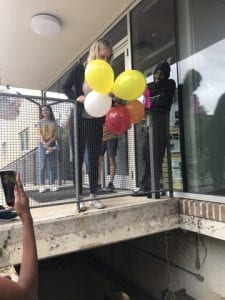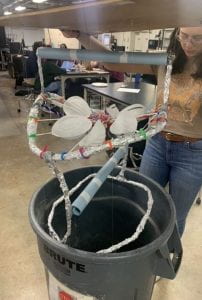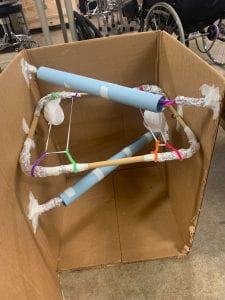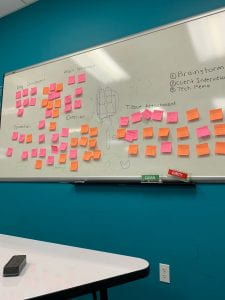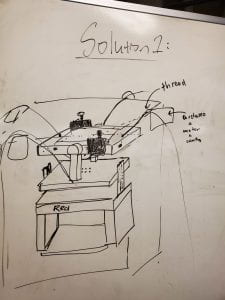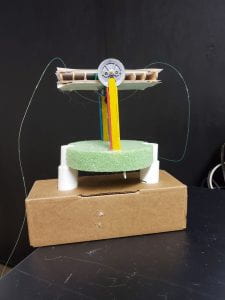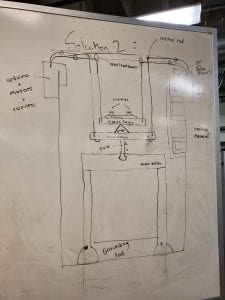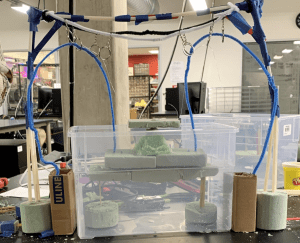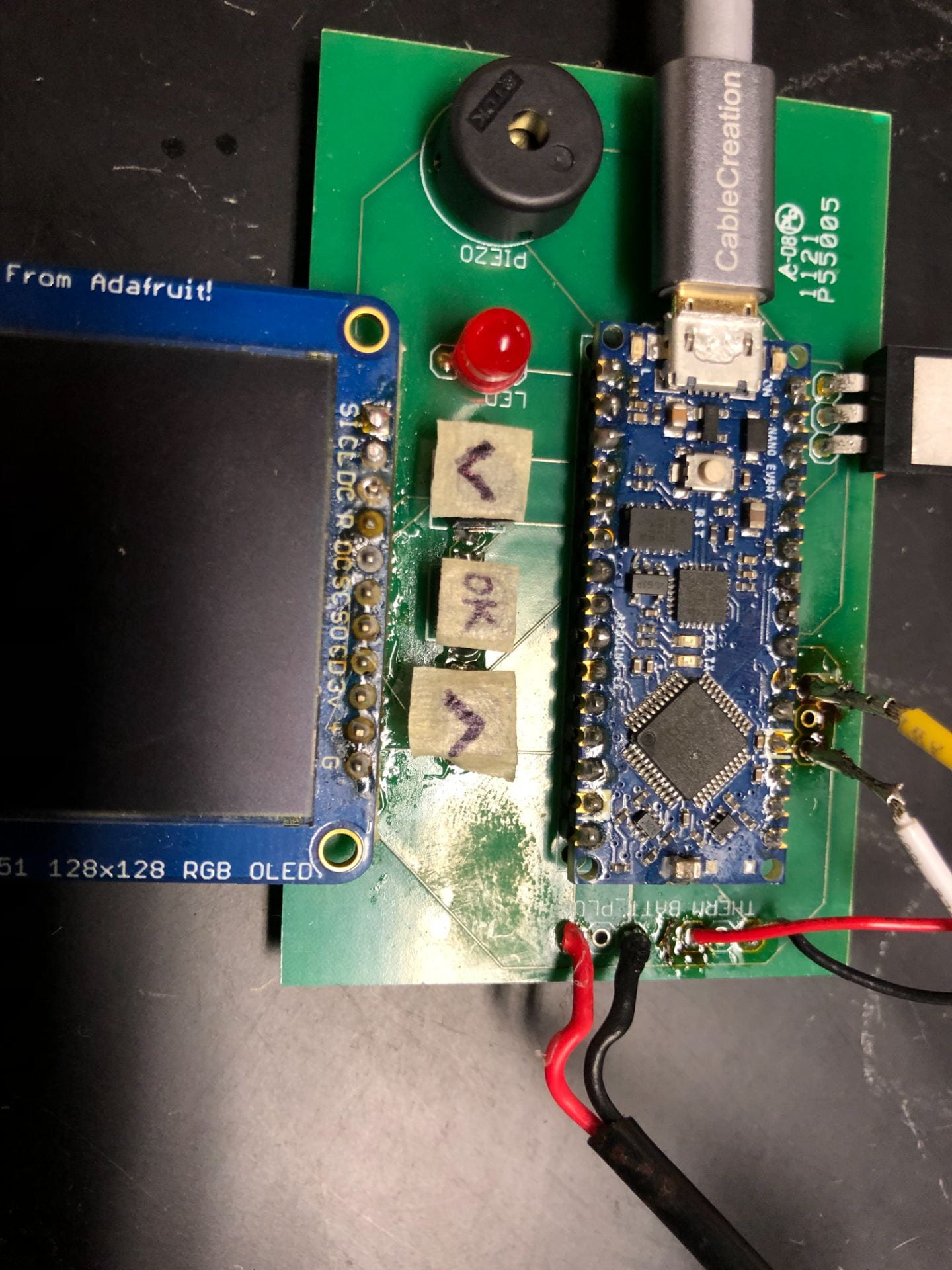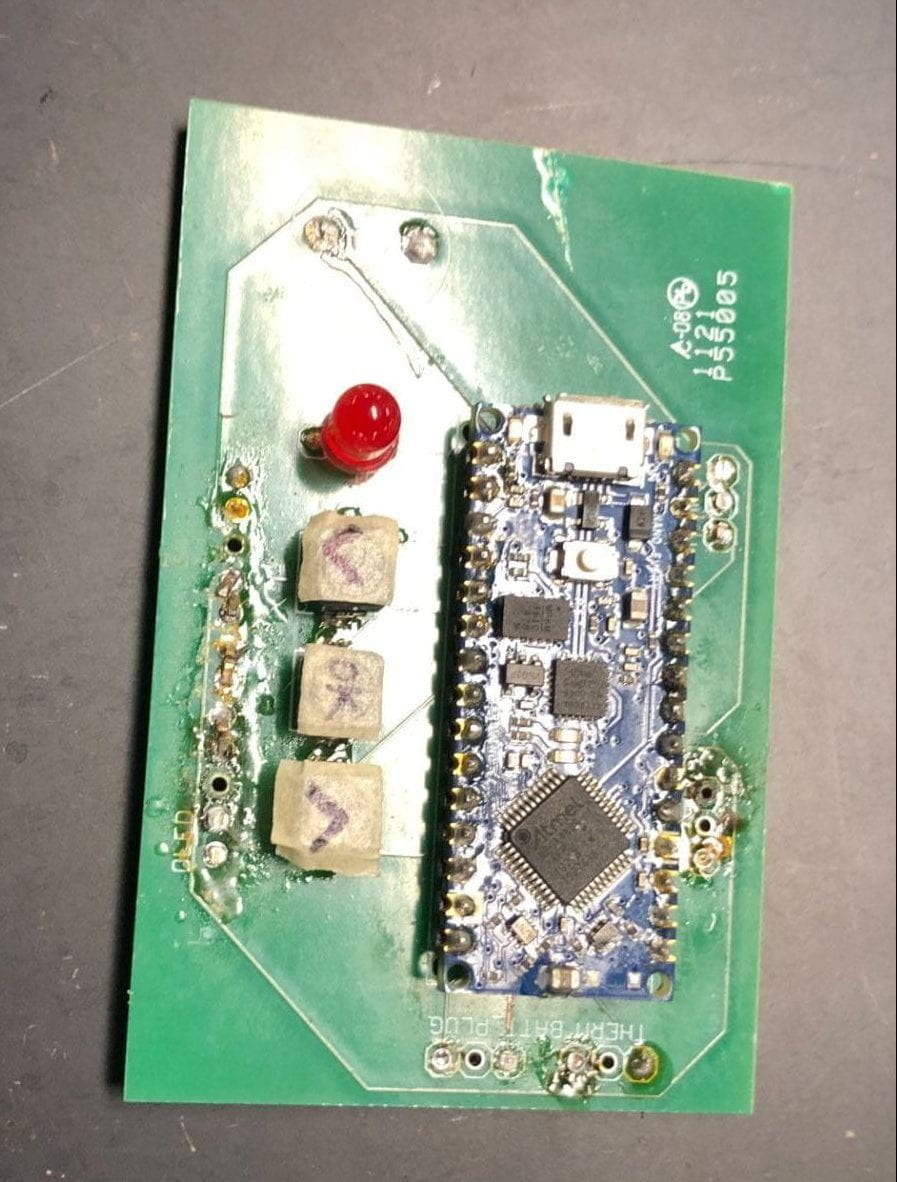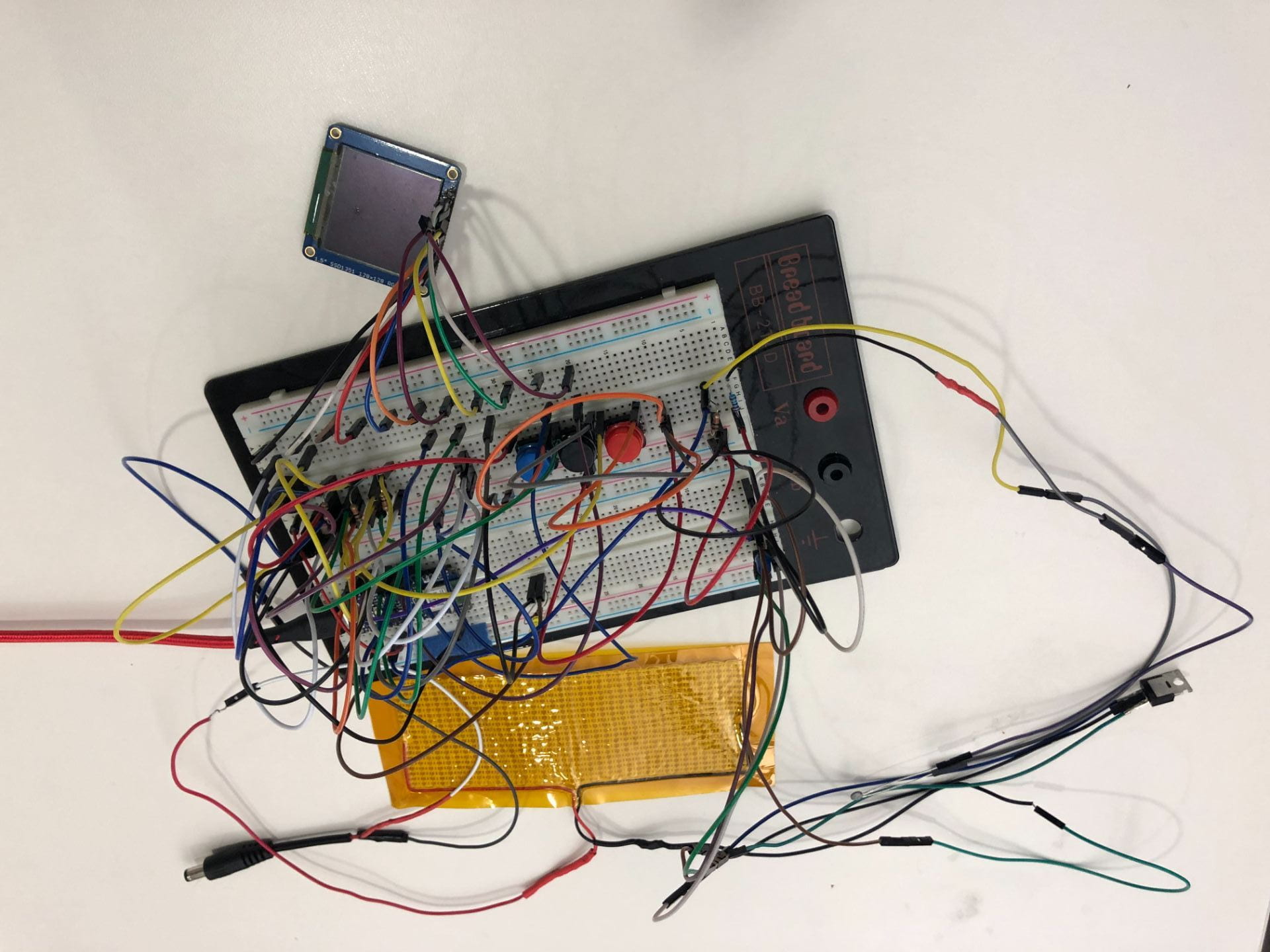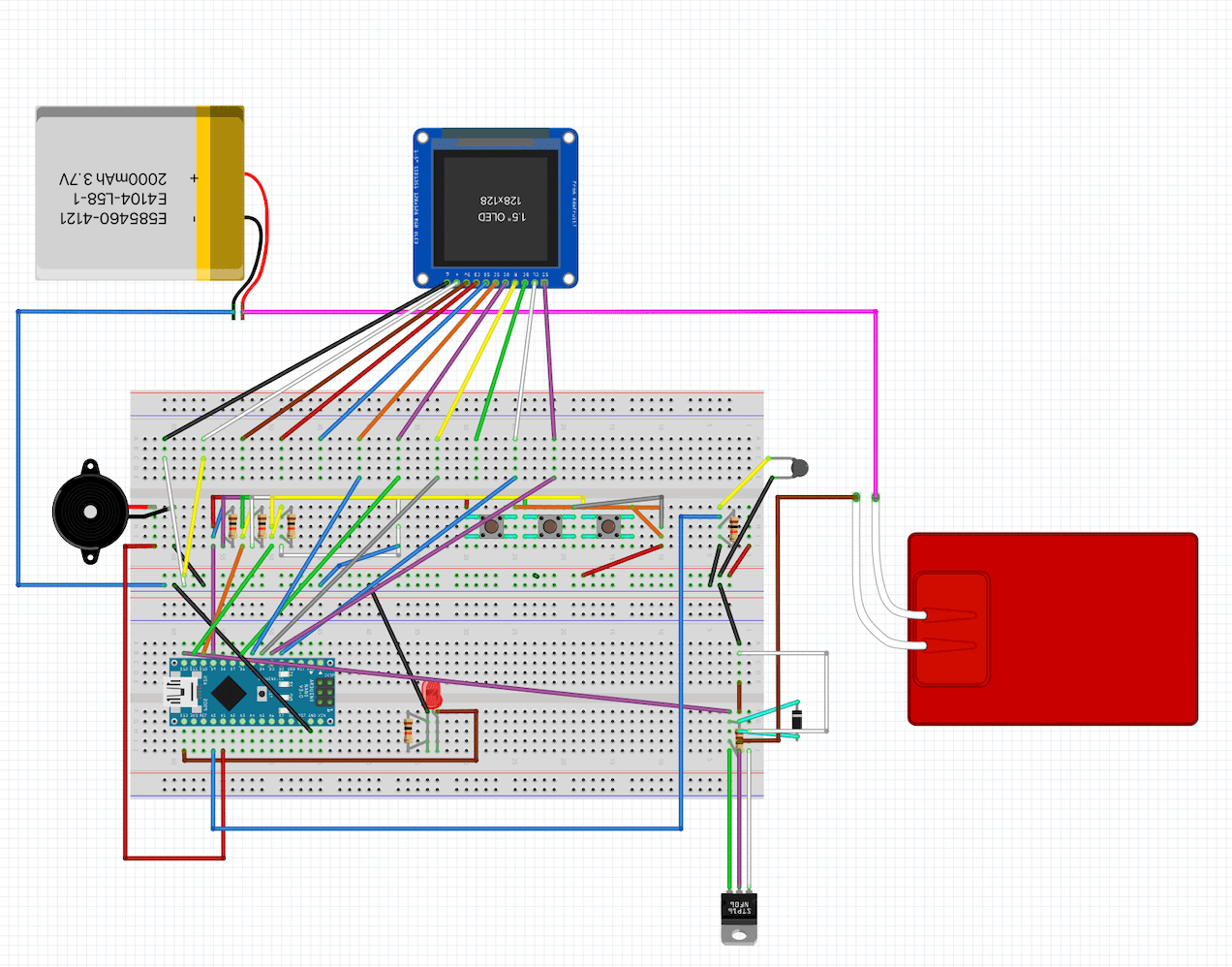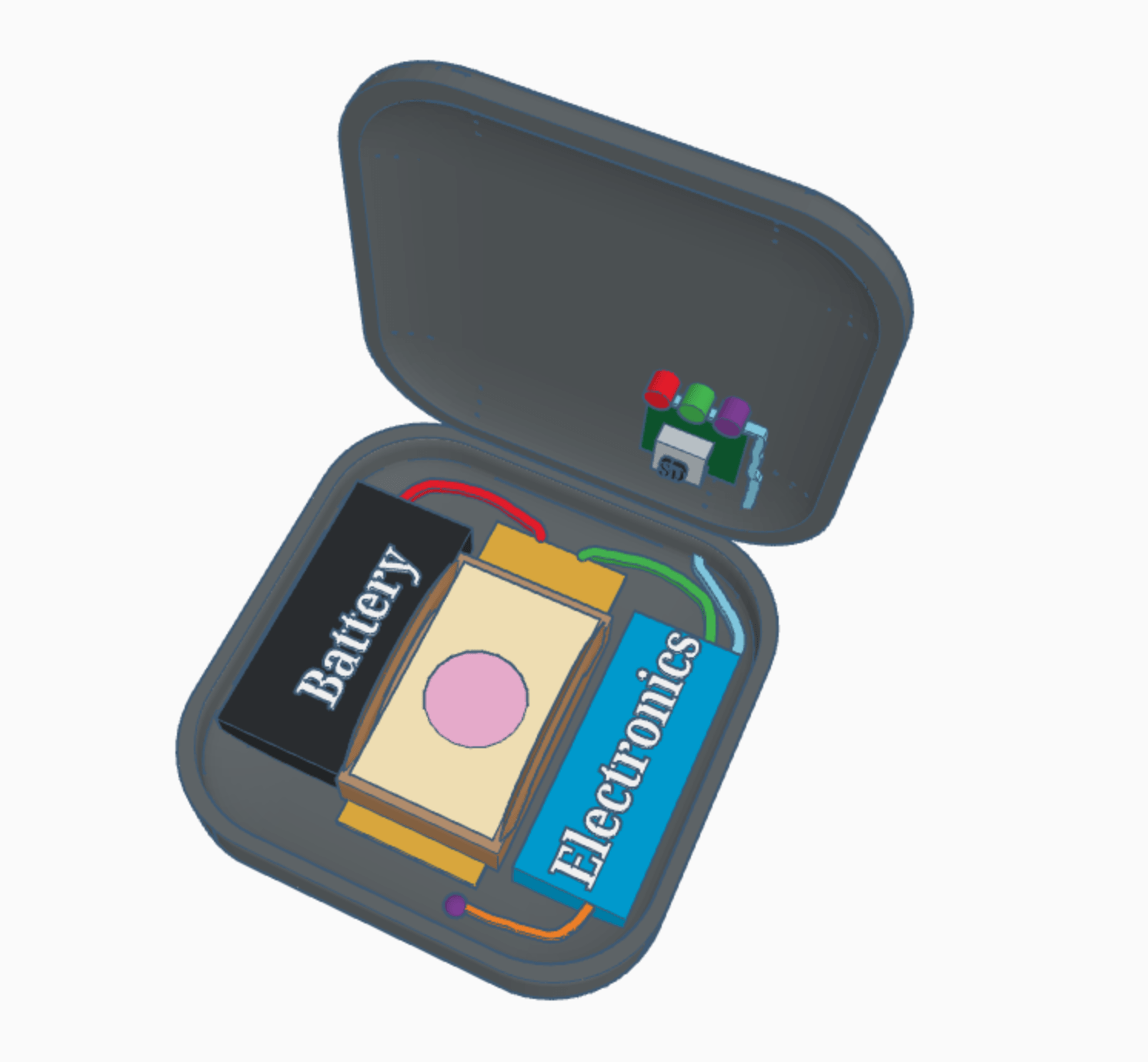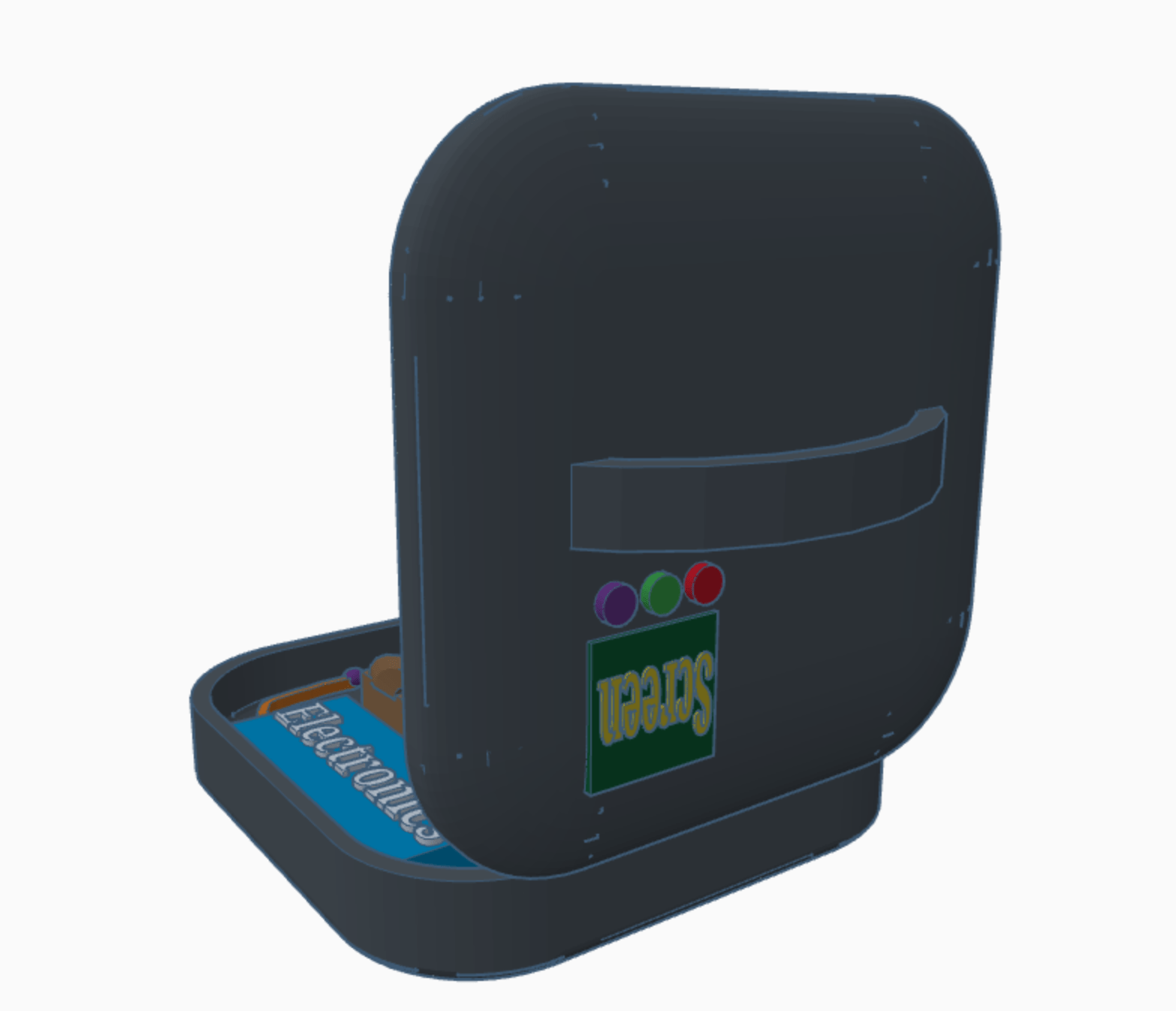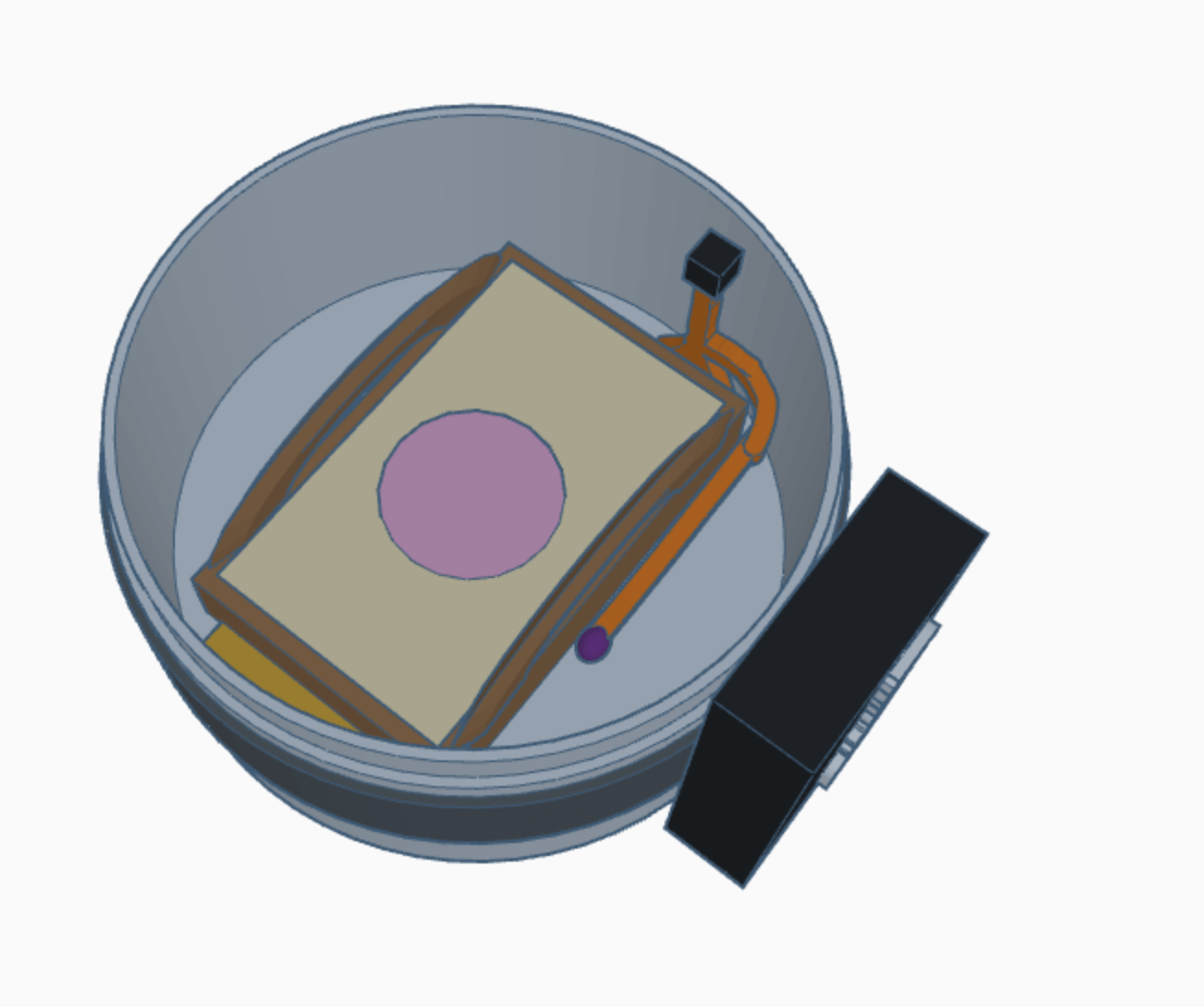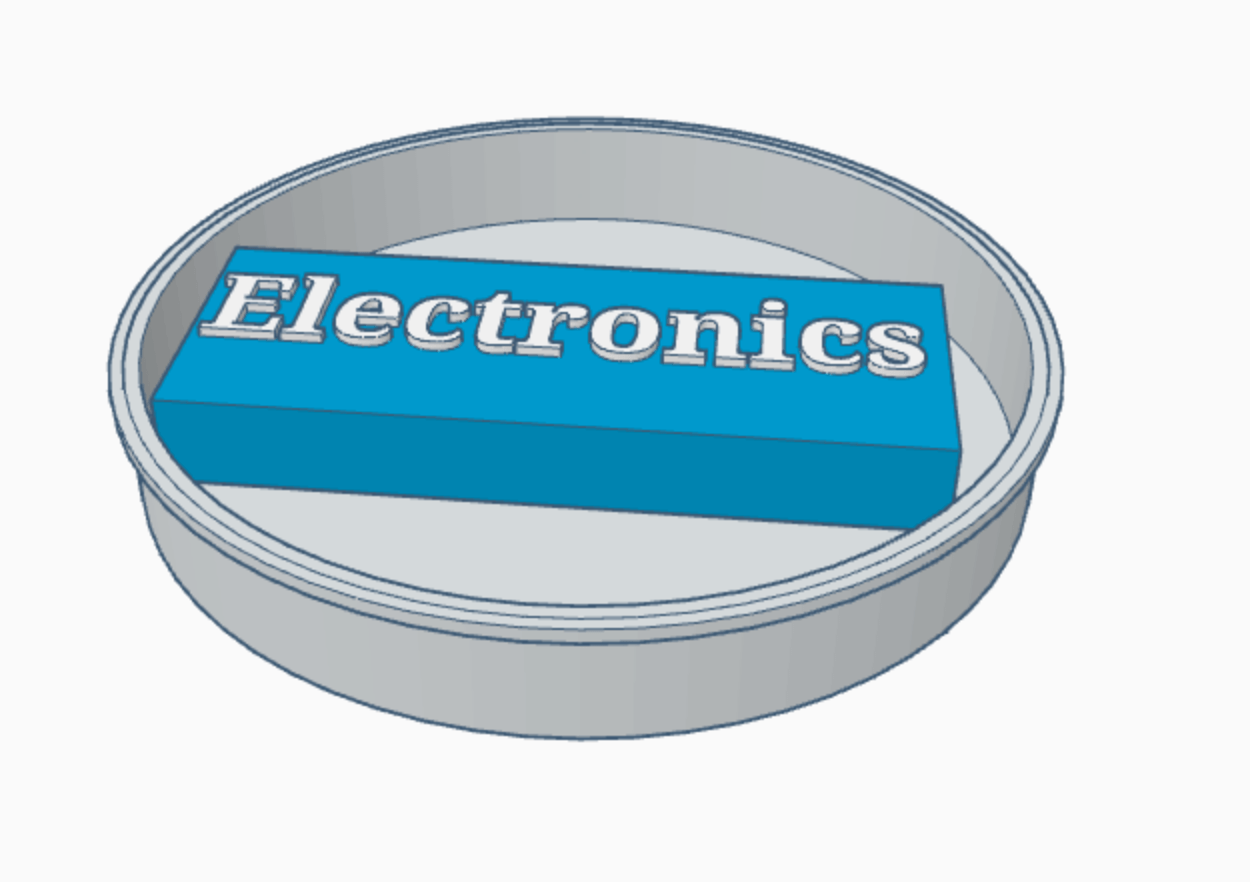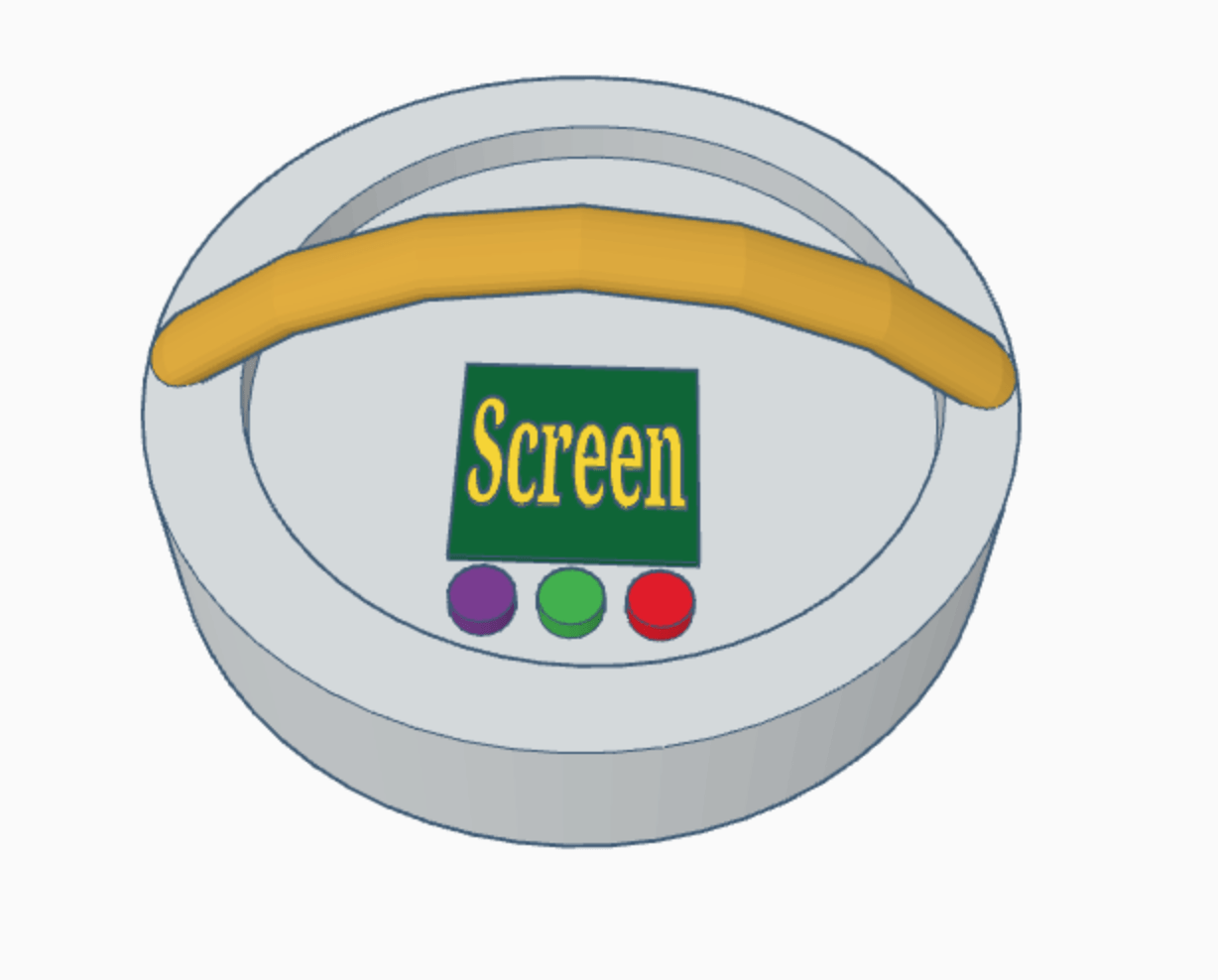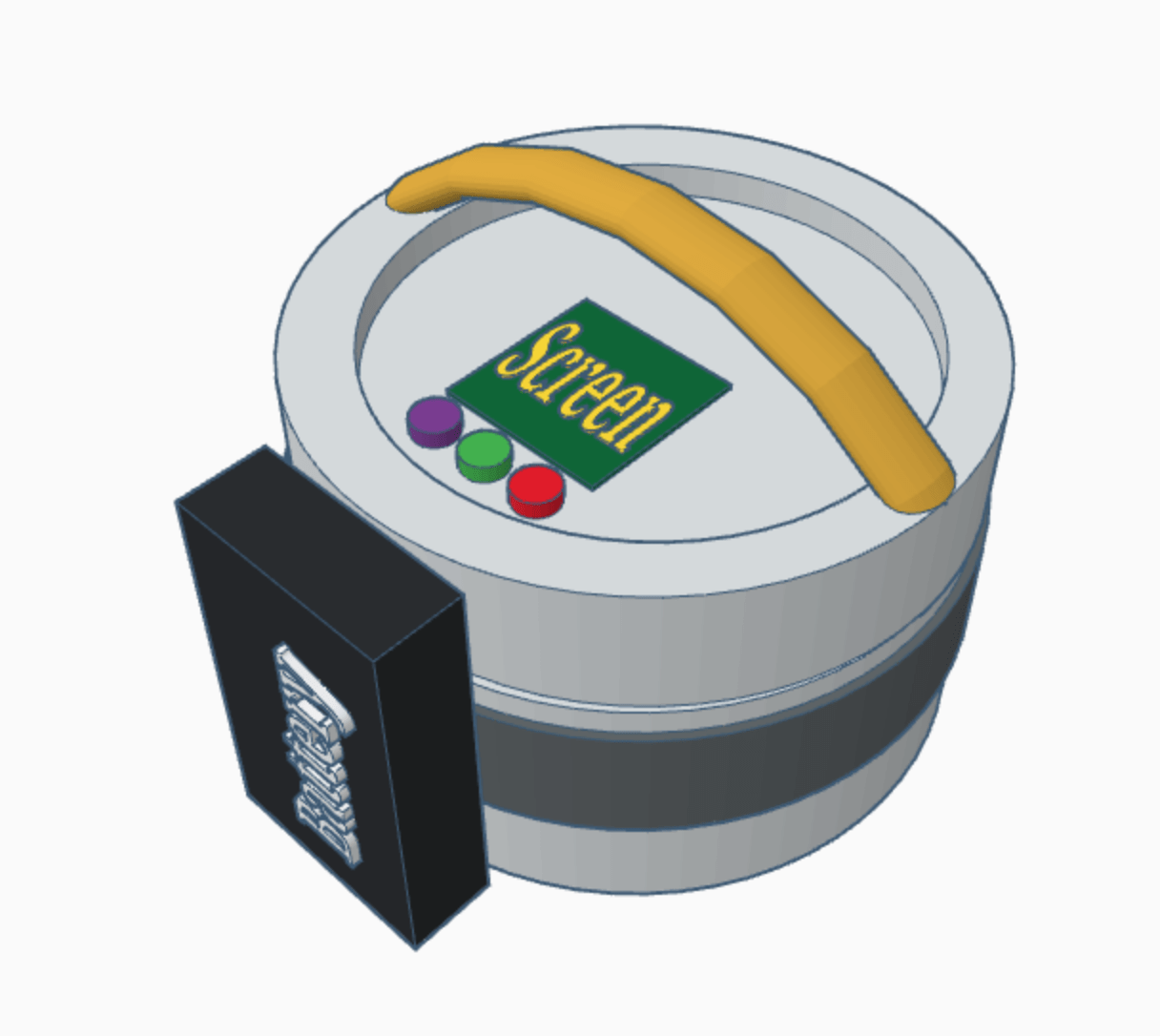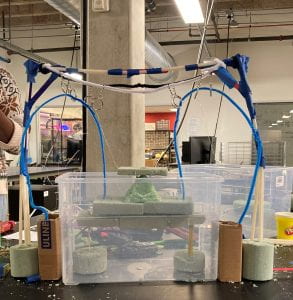My favorite part of being a small child was not recess, not naptime, but crafts. My mom and I would sit together every afternoon for “pony drawing time,” and once I was introduced to pipe cleaners, it was decided: I was a hardcore crafter. From Lincoln Log cabins to knitted monsters to intricate Hexbug race tracks, I loved to create things.
It’s sad that so many people lose touch with their crafty side once they hit third or fourth grade. Although I continued to draw as a hobby (especially dragons and flames), the pom poms, popsicle sticks, and even pipe cleaners disappeared into the storage closet. Who knew that it would be the Rice 360˚ internship that brought me to craft once again?
Early this week, we began the exciting process of low-fidelity prototyping. Dubbed “lo-fi” prototyping, this process involves creating very simple physical representations of the ideas that we brainstormed last week. When I discovered that the tray overflowing with straws, balloons, foam, and even treasure–yes, treasure!–was the toolkit for our prototypes, I was thrilled. After beginning with a time-constrained egg drop challenge early on Monday morning (I’ve attached the picture of our balloon-cushioned, cotton ball-insulated, cup-enclosed design below), we got right to work on creating our lo-fi prototypes.
After evaluating our brainstormed ideas, we had settled on two possible geometries for our device: a cylindrical shape with a removable frame that slides out vertically, and a rectangular box with removable trays that slides out horizontally. To determine which shape was more user-friendly and efficient (in terms of maximizing masks sterilized per unit time), we decided to create lo-fi models of both.
Carl (seen below) was our first prototype. As you can see, we used about ⅔ of a roll of aluminum foil to create the circular mask frames and supports for the overall framework. The masks would be stretched between hooks attached to the sides of the ring, as well as a suspended hook-imbedded piece in the center (made of many criss-crossing pipe cleaners). UV light bulbs (represented by the blue paper rolls) would be attached above and below the diameter of the mask ring in alternating orientations. The whole frame would come in and out through its suspension from the lid of the cylinder by fishing wire.
Our second iteration was affectionately named Geraldine (below). This was the rectangular idea, featuring sliding trays (made of bamboo rods connected by corners made of pipe cleaners with ~many~ layers of foil and tape for stabilization) over which the masks would be hooked. We used a random cardboard box we found lying around the OEDK to represent the box size; however, we discovered that the dimensions were a bit awkward since it was too wide to comfortably hang masks the entire length across but too short to make two layers.
Thus Gertrude (pictured below) was born (created?) as a way for us to determine the optimal dimensions for the mask frames. We extended both sides and attached a rod down the middle so that two rows of masks could be hooked up. With 64 cm by 64 cm dimensions, we were able to fit 12+ masks per tray, which suggested a very high sterilization efficiency, especially if more than one tray was used per device.
Throughout this process, I learned why we always start with low-fidelity prototypes instead of jumping straight into realistic designs. We had to do a lot of crumpling, squishing, bending, and taping of our foil-based framework, and because of this material flexibility, we could adjust our dimensions and even shape quite easily. The craft supplies that allowed me to create fun creatures as a child allowed us to visualize and interact with our abstract brainstormed ideas, and through this process, we rapidly learned the pros and cons of each device shape. (Don’t worry–you’ll hear all about Carl, Geraldine, and Gertrude’s skills and struggles in a later post!)
As a whole, I vastly enjoyed lo-fi prototyping. Not only did the prototypes give us a concrete idea of the device designs we were considering and allow us to convey these ideas to others in a simple (and aesthetically entertaining) manner, but we got to use craft supplies to do so! This week was instrumental to developing and choosing our design…and stay tuned, because ***spoiler alert***: Carl may be getting a younger sibling sometime soon 🙂
